When we talk about materials with wide applications in the construction business, home, power, and architecture, one material that comes to mind is stainless steel. No doubt, stainless steel has many applications in the modern world. However, there are many things people don’t know about it. We all can say that there are many cutleries made of stainless steel. However, not many people know about the different stainless steel types used in making many products used by people.
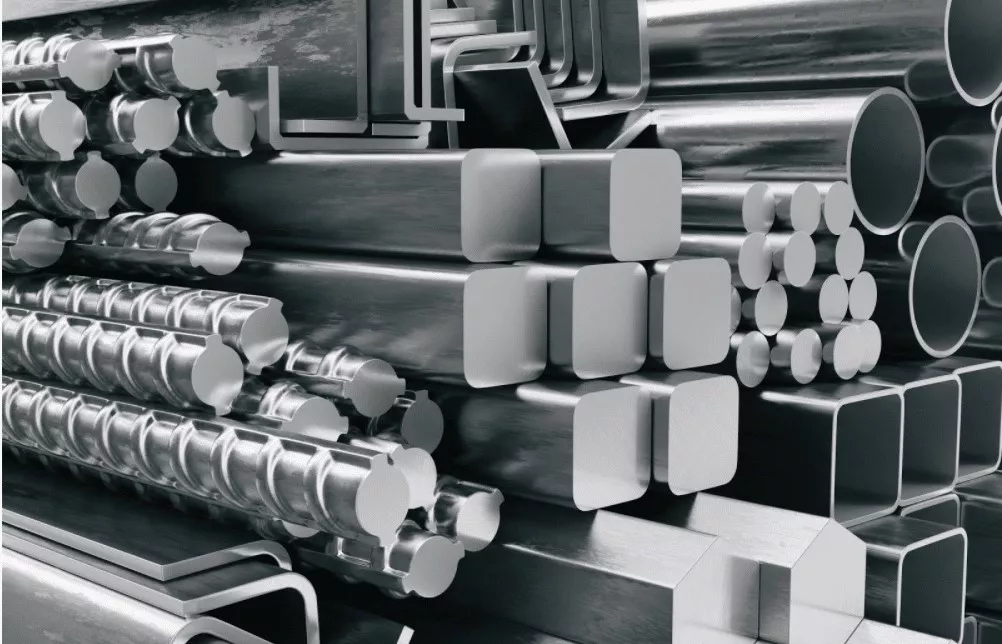
In this article, you will get to know about stainless steel. This will include the different stainless steel types, what is stainless steel made of, what makes stainless steel stainless, and other things.
What is Stainless Steel?
One of the common metals with different applications in many sectors is stainless steel. It has many properties that make it ideal for such a purpose. For example, it is anti-rust and anti-stain. Stainless steel was accidentally obtained due to the addition of Chromium to Iron. When compared to other metals and alloys such as Iron and Steel, it has other advantages. Here, you will know about the properties of the three, their relationship, and their differences.
Iron
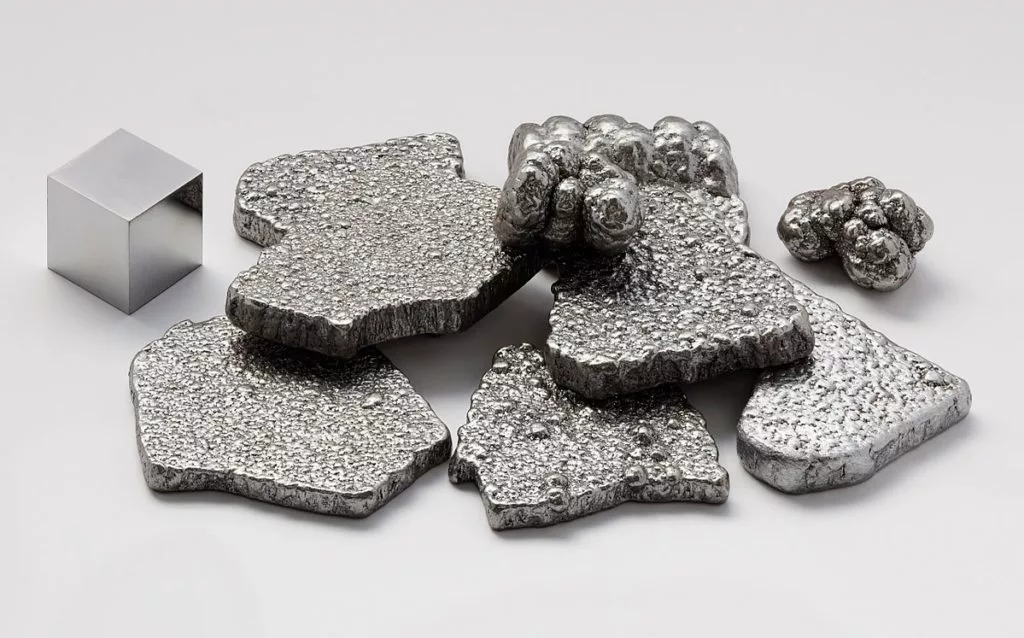
Iron is a hard and ductile metal with a chrome color. It has an atomic number of 26 and is classified as a ferromagnetic metal. Ferromagnetism is a condition exhibited by some metals which allows them to act as magnets and attract other metals.
Iron is obtained majorly from its ore hematite. Depending on the extraction and purification process, we have different iron types. There is pig iron which is the most impure form of iron. From pig iron comes other types, such as cast iron and wrought iron. The differences between the three are based on the percentage of carbon present. Wrought iron is the purest form out of the three.
Steel
Steel is also made from cast iron. However, unlike the three types discussed under iron, steel is an alloy (a mixture of different elements). Iron is a natural element, and when combined with carbon, you have steel. Steel has about 2.14% of carbon which is responsible for its better strength and durability than Iron.
Stainless Steel
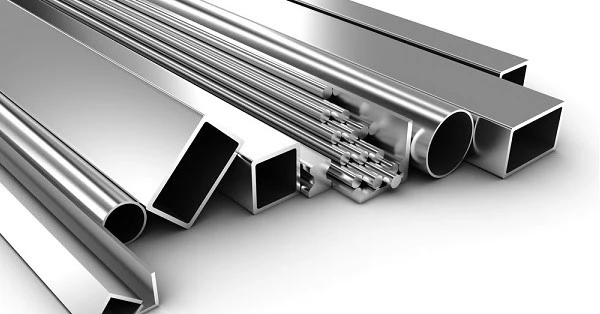
Unlike what most people know, stainless steel is not a single entity. Instead, it is a single broad entity that encompasses many things. Stainless steel is an alloy that contains at least 11% chromium. Due to this composition, stainless steel does not rust, and it is heat resistant. Depending on the stainless steel types, you can have other elements such as carbon (0.03-1.00%), nitrogen, silicon, sulfur, niobium, and molybdenum.
Properties of Stainless Steel
- Corrosion Resistance
This is the reason most people use Stainless steel for making their products. Anti-corrosion property makes products made from Stainless steel last longer.
- Strength
Products made from stainless steel have huge tensile strength. Therefore, they can support huge weights. Depending on the stainless steel types, you can have stainless steel with higher tensile strength, which means more weight can be supported.
- Temperature Tolerance
Stainless has high-temperature tolerance depending on the type. While it will later melt, it can take so much heat before melting.
Differences Between Iron, Steel, And Stainless Steel
The major difference between the three metal types is their composition, physical attributes, and functions. Iron is an element, while the others are alloys. Based on them being alloy, steel, and stainless steel have some physical characteristics not seen in an iron. For example, steel is stronger than iron due to its mixing with carbon. Stainless steel also has heat resistance and anti-rust properties due to the presence of Chromium the other two.
Metal Rusting Basics
One of the things we are familiar with about rust is that it is a reddish-brown coloration of some metal parts. If you are in this category, you don’t have complete knowledge of the situation. Do you know that rust can be greenish also? It all depends on the material that results in the rust.
What is Rust and Why Does Metal Rust?
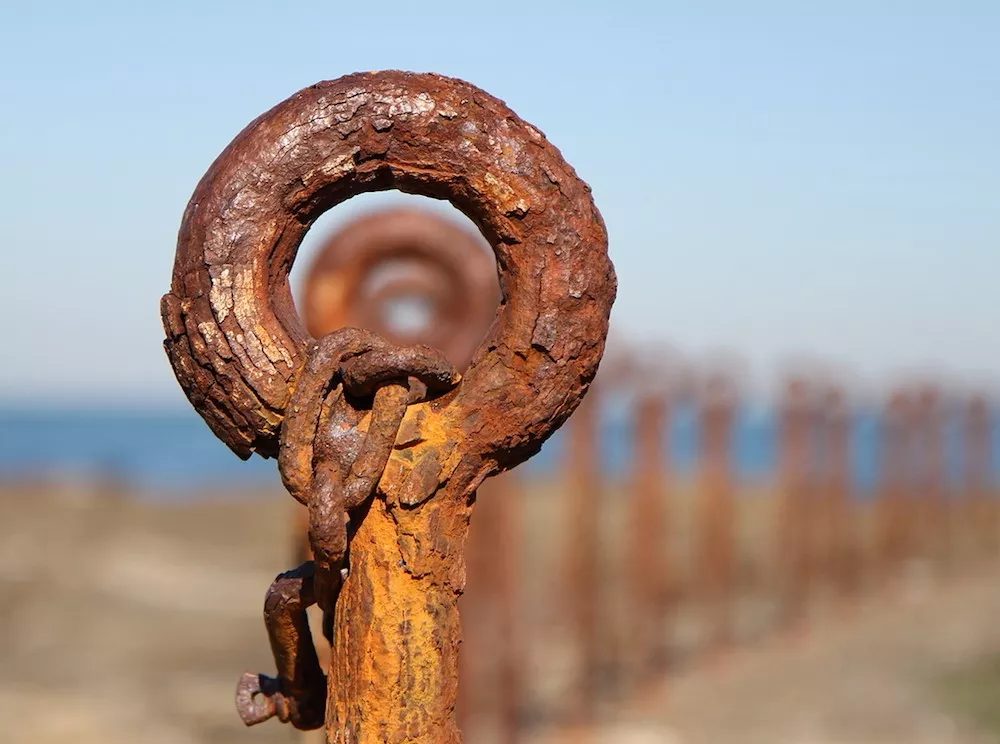
As we all relate with metal very well, almost all people have experienced rust before. Rust is a compound also known as iron oxide forms due to the oxidation of metals. While most people know rust as a reddish-brown coloration of metals, it can also be green when oxidation of the metal occurs in areas having chlorine. This is visible in metal parts used in underwater pillars.
Rusting is an oxidation process like fire; however, it occurs at slower stead with no flame in the presence of oxygen. It does not matter whether it is iron or its alloy. When the iron part is exposed to oxygen, it will rust. Other substances can increase the reaction’s speed—for example, water and salt act as catalysts to the process.
Consequences of Metal Rusting
Rusting is a degradative process with a lot of consequences. Below are why you should eliminate the condition that can lead to it.
– It Increases Friction
In construction parts that need little to no-friction, rust on metal parts can lead to a higher friction level. Therefore, the metal parts won’t be able to slide over each other.
– It Lowers Products Quality
Rust degrades metals. Therefore, there is a reduction in the quality of such parts over time. An example is the outer bodies of vehicles having holes due to rust.
– It Reduces Magnetic Properties
Iron is a ferromagnetic element. However, with its oxidation to iron oxide, the magnetic properties are lost.
– It Reduces Electricity Conduction
Iron has good electricity conductivity ability. However, when it rusts, the ability is lost. This is because rust is an insulator.
What Makes Stainless Steel Stainless?
If stainless steel comes from steel and undoubtedly from iron, why then does it give no stain after rusting? It is expected that anything having iron parts will rust if not taken care of. However, stainless steel holds up to its name. What then makes stainless steel stainless. This is because of its composition.
Stainless steel contains Chromium (>11%) which forms an oxide layer (Cr2O3 on the steel. This oxide acts as a passive layer and gives stainless steel its anti-rust property and a surface that does not stain or tarnish.
Applications of Stainless Steel
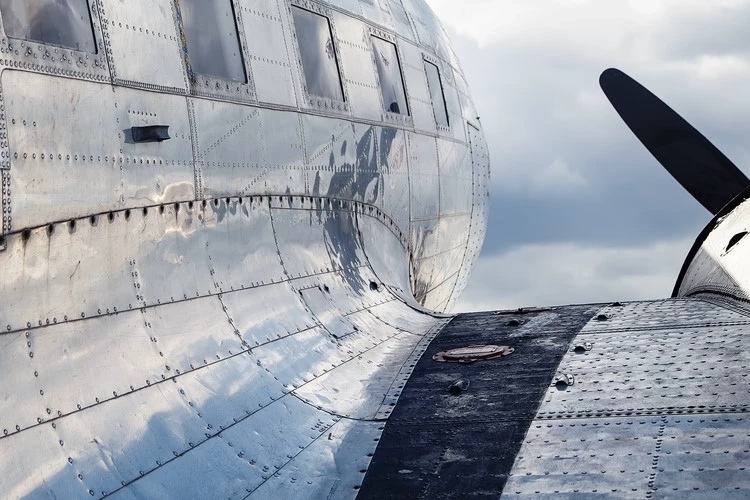
Stainless steel has a wide application based majorly on its anti-rust and anti-stain properties. Below are some of its major applications.
· Kitchenware
This is one of the most popular applications of stainless steel. Almost every home has at least a set of cutlery or kitchenware made from stainless steel. Stainless steel is the material used in making many kitchen wares because it does not stain easily. Therefore, it delivers in terms of aesthetics and performance.
· Medical Equipment
Because of its anti-rust and anti-stain properties, stainless steel is used in making medical instruments. It is anti-bacterial and does not react with many cleaning solutions; therefore, it is easy to clean and sterilize. It is used in making products such as hemostats, surgical implants, temporary crowns.
· Food and Catering
Stainless steel is used in making products used in food and catering because it does not affect the properties of food. It is also ideal because it is anti-corrosive nature and easy cleaning, which keeps microorganisms away.
· Vehicles
Stainless steel is becoming a part of many vehicles because of its anti-rust and its other properties. For example, it is used in making automobiles and trains because of its anti-rust. When combined with its lightweight property, it is an important part of aircraft manufacturing.
Stainless Steel Types
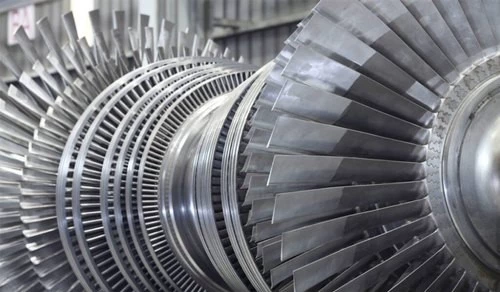
While many people don’t know, there are different types of stainless steel. Most people are only familiar with stainless steel as a single entity used in many ways. However, this is not so. The different stainless steel types illustrated below are based on the composition of their components. Below are the main stainless steel types:
· Austenitic Stainless Steel
This is the most common stainless steel type. It has an extremely high nickel content while combining other elements like Chromium, nitrogen, and molybdenum. Austenitic steels are weldable, durable, malleable, and corrosion-resistant. They are used in making kitchenware and storage elements. However, they are very expensive. Common Austenitic stainless steel is alloys 304 and 904L (N08904).
· Ferritic Stainless Steel
Ferritic stainless steels have a low amount of carbon (max of 0.10%) than other stainless steel types. However, it has a huge amount of Chromium and molybdenum. This stainless steel is highly magnetic with high anti-corrosion property. Therefore, they are used in making products that need such properties. This includes kitchen cookware and industrial entities. Common ferritic stainless steel alloys 430 and 434.
· Duplex Stainless Steel
Duplex stainless steels come from combining ferritic and austenitic stainless steels. Therefore, the properties they exude comes from both stainless steel types. They are less expensive and with high anti-corrosion properties. Consequently, they are mostly used in the underwater oil industry.
They are a little malleable and weldable, which reduces the number of components they can use. Common Duplex stainless steel duplex stainless steels care S31803 and S32205 stainless steels.
· Martensitic Stainless Steel
Martensitic stainless steels are like ferritic stainless steel. However, unlike ferritic stainless steel, martensitic stainless steel has a higher carbon percentage (>1%). Due to this property, they are hard, anti-rust, durable, and ideal for situations for such properties. You will see them being used in making valves or pumps. Common martensitic stainless steel materials are alloy 431 and 420S45.
· Precipitation Hardening
This stainless steel type is very strong based on the addition of elements like Copper, Niobium, and Aluminium. They also have other stainless steel properties which are comparable to the standard austenitic stainless steel type.
Conclusion
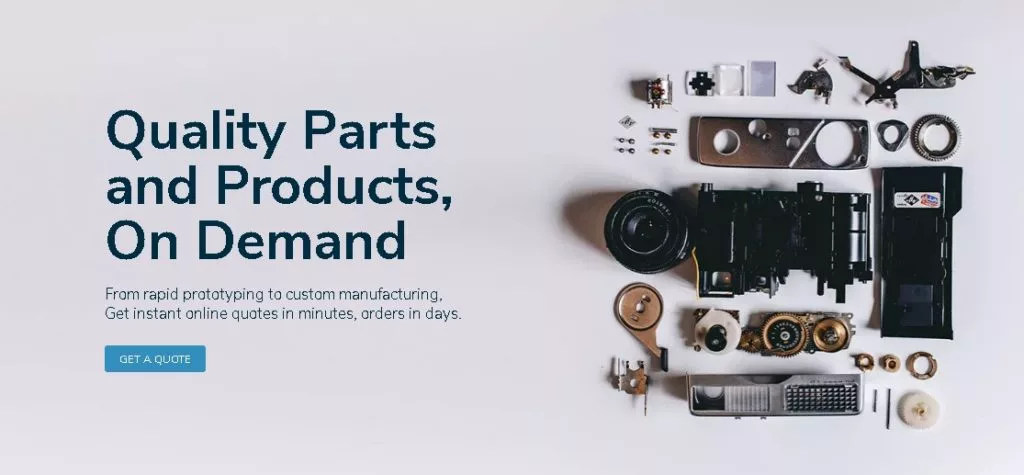
Because of its properties, Stainless steel is a huge part of many facets of the modern world. Of its major properties, its anti-rust property places it on a higher stand than other metals such as iron and steel. This article shows the difference between iron, steel, and stainless. It also shows different stainless steel types and knowing what makes stainless steel stainless.
Using stainless steel comes with understanding its different types and how available they are. Based on the two properties, for manufacturing products using 3D printing, CNC machining, Sheet Metal Fabrication, etc., Rapid Direct is your best choice. With us, you have a chance to experience a smooth manufacturing operation, customer services, and high quality at a low price
FAQ
Stainless steel is an iron and carbon alloy that contains other elements such as Chromium (at least 11%), nitrogen, silicon, sulfur, niobium, and molybdenum, etc. These elements are responsible for properties such as anti-rust and anti-stain.
To many people, stainless steel is a single entity used. However, this is not so. There are four main stainless steel types: martensitic, austenitic, duplex, ferritic. Each one has its properties and uses, and they were illustrated above.


